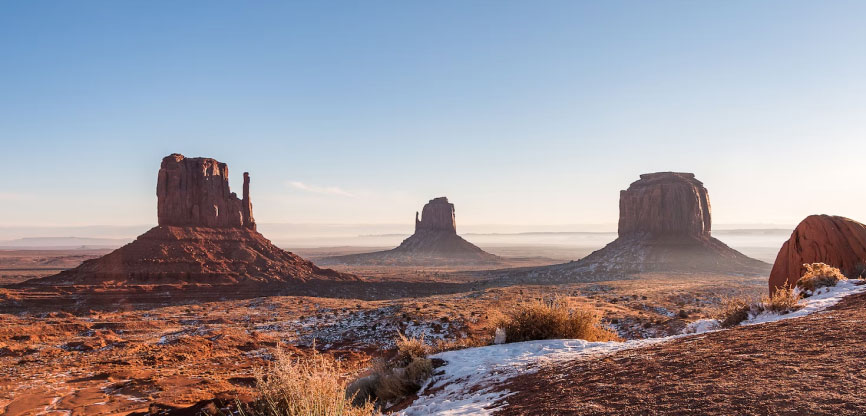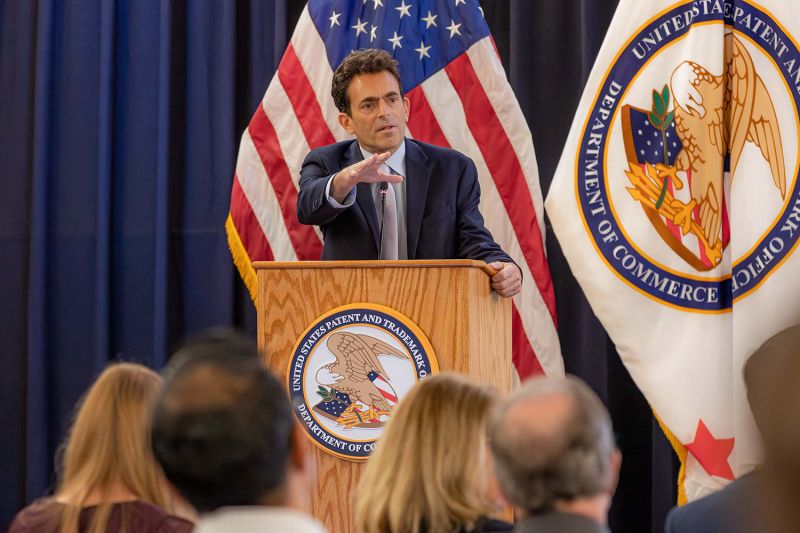The Navajo Nation in Arizona — the largest and most populous reservation in the U.S. — was one of the areas hardest hit during the COVID-19 pandemic. Limited access to running water and basic infrastructure, like wells and indoor plumbing, placed the already vulnerable Navajo tribes at a heightened risk of disease, according to a USC legal analysis accepted for publication in the Saint Louis University Journal of Health Law & Policy.
“It’s becoming increasingly clear that part of this health disparity is due to lack of access to water, which all 574 federally recognized tribes in the U.S. are legally entitled to under the Supreme Court’s 1908 Winters doctrine. But their federally granted water rights have never been quantified and certainly never delivered,” said Robin Craig, professor of law at the USC Gould School of Law and author of the paper.

An analysis by USC Gould’s Robin Craig found that limited access to running water and basic infrastructure put the Navajo tribes at a heightened risk of COVID-19. (Photo/iStock)
The paper is titled “Tribal Water Rights and Tribal Health: The Klamath Tribes and the Navajo Nation During the COVID-19 Pandemic.”
The Klamath: Water rights held since ‘time immemorial’ made for stronger pandemic response
In the paper, Craig compared the pandemic experiences of the Navajo and the Klamath in Oregon to investigate how minimal access to potable water affected their respective capacities to address COVID-19.
The Klamath — unlike many displaced tribes in the U.S. — occupy a reservation within their traditional homelands in the Pacific Northwest’s Klamath River Basin. According to Craig, the Klamath Tribes entered the pandemic with two significant advantages: relative wealth — accrued during the fur trade of the 1820s — and actualized water rights that granted tribes access to potable water.
These conditions paved the way for a swift pandemic response, made it easier for tribes to practice water-based prevention measures like hand-washing and allowed members of the Klamath community to adhere to stay-at-home mandates.
100 years of broken promises to the Navajo
Craig cited the sobering statistic that 1 in 3 Navajo homes lack access to running water, and 30% to 40% must haul water from communal wells and for long distances to meet basic daily needs. This proved detrimental throughout the pandemic.Without running water to drink and practice basic hygiene, it’s no coincidence that the Navajo Nation had some of the highest COVID-19 infection rates in the nation, Craig said.

After over a century of litigation and legalized oppression, the U.S. has yet to honor the Navajo Nation’s legitimate legal claim to water from the Colorado River. This is one of several water wars sowing tension in the American Southwest and the subject of a long-running U.S. Supreme Court case filed by the Navajo Nation against the state of Arizona.

















